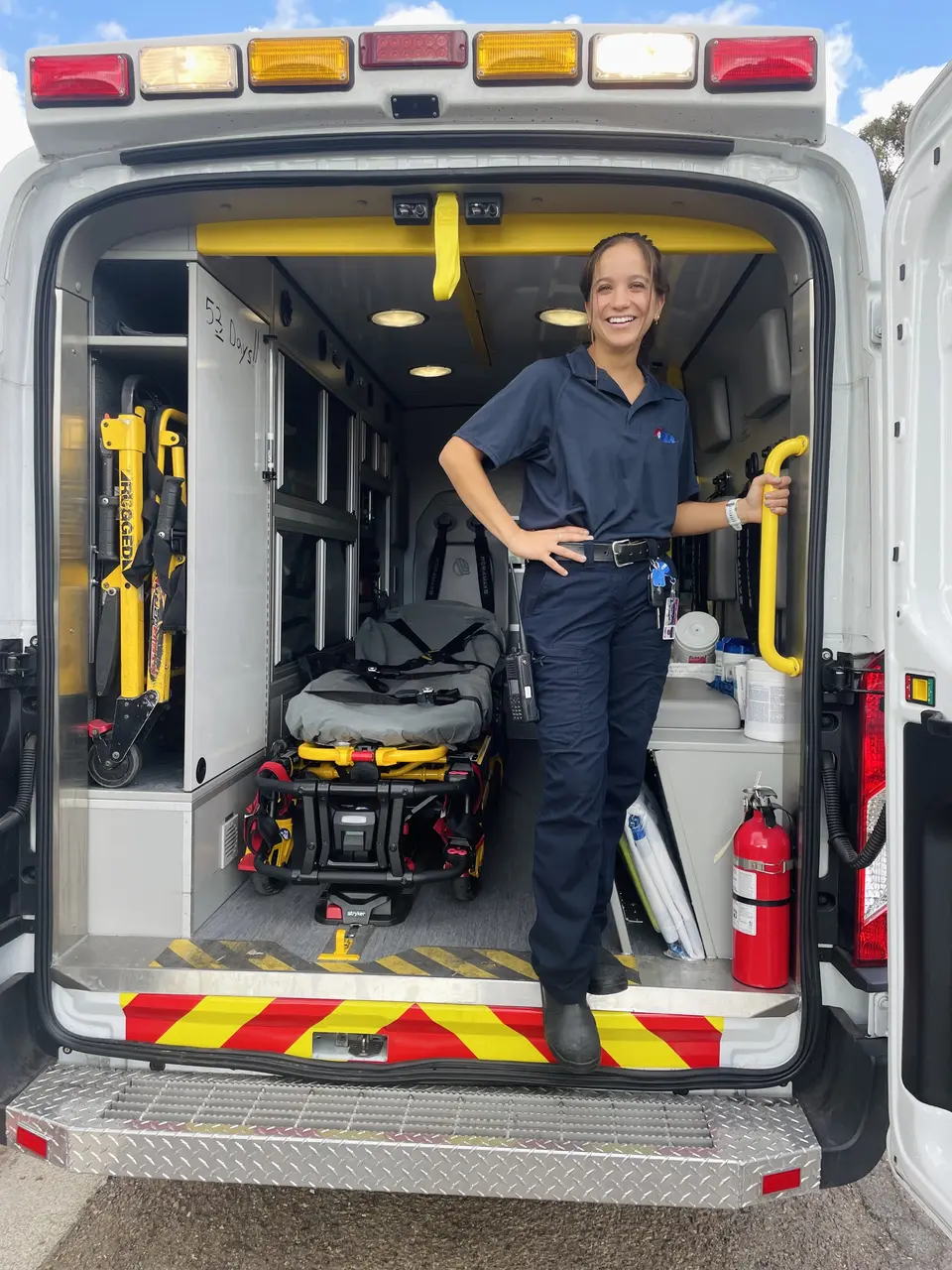EMT kits are an essential part of emergency preparedness, but many wonder if they can tailor their kits to better suit personal needs. Whether you’re a seasoned EMT or just starting, customizing your kit can enhance your preparedness and ensure you’re ready for any situation.
In this blog, we’ll walk through how to personalize your EMT kit to meet both general and specific needs, so you can be confident in your ability to respond to emergencies effectively.
Image courtesy of Point Loma Nazarene University EMT Program.
Understanding the Basics of EMT Kits
Before diving into customization, it’s essential to know what a standard EMT kit includes. Understanding the basics will help you make informed decisions about what items might need to be added or replaced.
A typical EMT kit contains essentials like stethoscope, and a blood pressure cuff. These tools provide the foundation for giving immediate care in emergencies, allowing you to assess and stabilize patients until more advanced medical care can be provided.
While these kits are comprehensive, they’re often designed with general usage in mind, meaning they might not cater to all personal preferences or specific needs. Taking the time to familiarize yourself with your current kit will provide clarity on what to add or modify, ensuring you’re prepared for any situation.
Assessing Your Personal Needs
The next step in customizing your EMT kit is to assess your personal environment and health needs. Consider your lifestyle, specific risks, and any unique medical history that might influence what you need in an emergency situation.
For example:
- Living in Remote Areas: If you reside in a rural area or places with limited access to healthcare, you may need to include additional supplies like tourniquets, wound irrigation kits, or extra bandages. These can help you manage severe injuries until professional help arrives.
- Chronic Conditions: If you have chronic health conditions such as asthma, diabetes, or severe allergies, adding medications like inhalers, insulin, or EpiPens could be crucial. By adding the necessary medical supplies to your kit, you’re ensuring you’re ready for personal emergencies as well as those of others.
These considerations will guide your decisions on the type of additional tools and supplies you should carry.
Choosing Additional Items
Once you’ve assessed your personal needs, the next step is to identify items that will complement your standard EMT kit. Think about what you commonly encounter or what might be specific to your job, lifestyle, or environment.
- Outdoor Enthusiasts: For those who spend time in the great outdoors, consider adding a snake bite kit, burn dressings, a thermal blanket, and even extra water purification tablets to your kit.
- High-Risk Environments: If you work in environments where cardiovascular issues or other high-risk incidents are likely, adding a portable defibrillator (AED) or advanced airway management tools could be a life-saving addition to your kit.
- Advanced Medical Tools: As an experienced EMT, you may want to include more specialized equipment such as a portable ECG monitor, advanced wound care products, or a trauma bag for handling more complex situations.
When adding new items, be sure they fit your role and responsibilities, and check for compatibility with existing equipment in your kit. The goal is to have everything you need without overpacking or creating unnecessary weight.
Organizing Your Customized EMT Kit
Organization is key when it comes to customizing your EMT kit. Ensuring your tools are easily accessible and well-organized can make all the difference in an emergency situation.
- Strategic Placement: Place essential items like bandages, gauze, and antiseptic wipes near the top of the kit. Items that are used less frequently, like a portable defibrillator, can be placed at the bottom.
- Compartmentalization: Consider using smaller pouches or bags within your kit to separate tools by category. For example, one compartment could hold airway management tools, while another is dedicated to trauma care. This makes it easier to find what you need quickly during a high-stress situation.
- Labeling and Accessibility: Clear labeling and easy access to your kit’s contents are crucial. Keep high-priority items such as medications, airway devices, or personal tools within reach, while securely storing larger or less-needed items in deeper sections.
Effective organization ensures that you can quickly grab the right tools during an emergency, reducing response time and ensuring smoother operations.
Maintaining Safety and Compliance
Customizing your EMT kit isn’t a one-time process; regular checks and updates are crucial to keeping your kit in optimal condition. Ensure that your kit remains compliant with any local regulations and standards for emergency medical equipment.
- Expiration Dates: Check the expiration dates of medications, sterile equipment, and consumable supplies regularly. Replace anything that has expired to avoid using ineffective or unsafe materials in an emergency.
- Quality Control: Consider getting feedback from peers or mentors to ensure that the items you’ve chosen are relevant and useful. Stay updated with the latest industry trends to ensure your kit reflects the best practices in EMS care.
Maintaining and revising your kit as needed will guarantee you’re always prepared for evolving emergency situations.
Tailor Your EMT Kit for Optimal Readiness
Customizing your EMT kit is not just possible it’s essential. By assessing your personal needs, choosing additional items based on your lifestyle or profession, organizing your kit effectively, and staying compliant with safety regulations, you can ensure you’re ready to respond quickly and efficiently in any emergency.
Ready to build your customized EMT kit? Visit MedTechKits.com today for affordable, high-quality options tailored to your unique needs. Our team is here to assist with personalized recommendations and ensure your kit is perfectly suited to your training and career. Stay prepared, stay confident!

